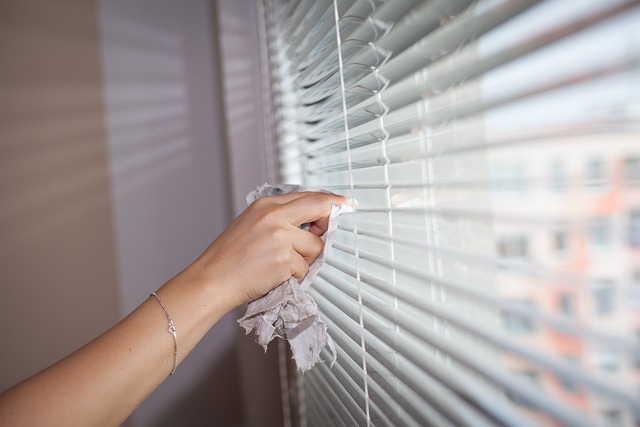This text emphasizes the importance of regular bathroom tile cleaning and maintenance for preventing degradation caused by moisture, cleaners, and wear. It recommends using mild, pH-neutral detergents and proper techniques to avoid damaging tiles. Key steps include sealing and re-grouting to prevent dirt trapping, deep cleaning with the right tools and products, restoring grout lines, and applying high-quality tile sealers. The content also highlights the benefits of professional tile restoration for complex designs and major damage, while DIY projects are suitable for minor repairs.
Looking to revive your bathroom’s sparkle? Bathroom tile degradation is common, but effective cleaning and restoration can transform your space. This guide delves into the science behind tile damage, from understanding common causes like mold, mildew, and hard water stains to exploring essential maintenance practices for long-lasting shine. We equip you with the tools and techniques needed to deep clean, remove stubborn stains, and restore grout lines – all key steps in a successful bathroom tile makeover.
Understanding Bathroom Tile Degradation: Common Causes and Effects
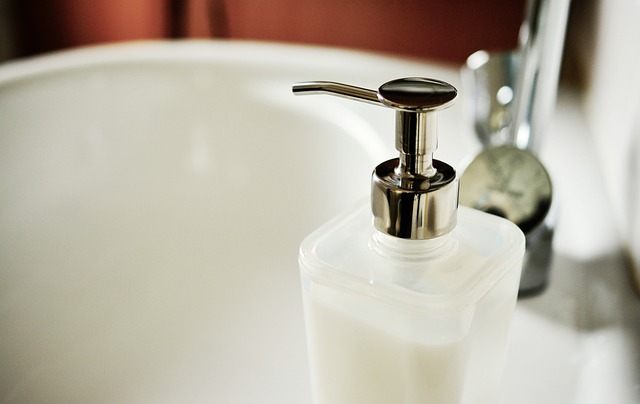
Bathroom tiles, over time, can suffer from various forms of degradation due to consistent moisture exposure, harsh cleaning products, and general wear and tear. Understanding these common issues is the first step towards effective bathroom tile restoration. One of the primary causes of tile damage is improper or aggressive cleaning methods. Using abrasive cleaners or scrubbers can scratch or etch the tile surface, especially on delicate finishes like porcelain or ceramic. Additionally, hard water deposits, mold, mildew, and soap scum buildup contribute to a dull, discolored appearance.
Another significant factor is the natural aging process, where grout lines darken and become uneven, allowing moisture penetration. This can lead to the erosion of the tile adhesive, causing tiles to loosen or even pop off. The cumulative effect of these issues results in an uninviting, outdated bathroom space. However, with the right approach, including regular cleaning, maintenance, and professional restoration techniques, you can revive your bathroom’s aesthetic appeal and extend the life of its tiles.
The Importance of Regular Cleaning and Maintenance for Tile Surfaces

Regular cleaning and maintenance are essential for preserving the beauty and longevity of bathroom tiles. Daily or weekly cleaning routines can prevent dirt, grime, and stains from accumulating on tile surfaces. Using appropriate cleaners and techniques ensures that no residue is left behind, which can damage the tile over time. This simple practice not only keeps your bathroom looking fresh but also protects the investment you’ve made in your ceramic or porcelain tiles.
Effective bathroom tile cleaning involves using mild, pH-neutral detergents to avoid damaging the glaze or finish of the tiles. Regular maintenance also includes sealing and re-grouting as needed to fill in gaps that can trap moisture and dirt. By incorporating these practices into your bathroom care routine, you’ll ensure that your tiles remain vibrant, smooth, and free from unsightly marks, enhancing the overall aesthetic appeal of the space.
Essential Tools and Products for Effective Bathroom Tile Cleaning
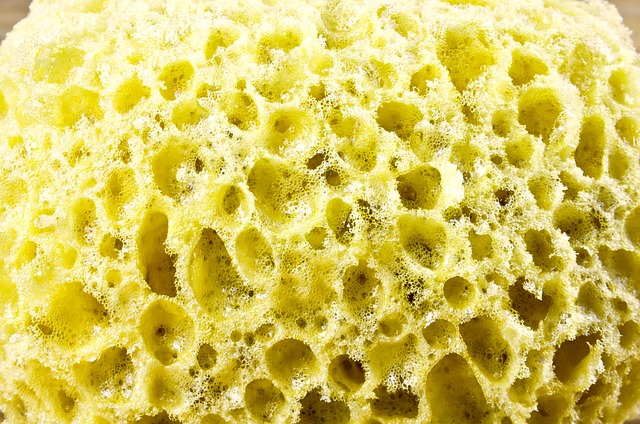
When it comes to effective bathroom tile cleaning, the right tools and products are essential for achieving a pristine look. Start with a good quality vacuum or broom designed for hard floors to remove loose dirt and debris. A mop with a microfiber head is ideal for picking up moisture and grime; consider one that can be attached to a floor washer for deeper cleaning.
Don’t forget the importance of chemical cleaners tailored for bathroom tile. Bleach, for instance, can effectively kill bacteria and sanitize surfaces. Acid-based cleaners are great for removing tough stains, while pH-neutral solutions are gentle yet powerful enough to maintain tile integrity. Always test any cleaner in a small, inconspicuous area first to ensure it won’t cause discoloration or damage.
Step-by-Step Guide to Deep Cleaning and Removing Stains from Tiles
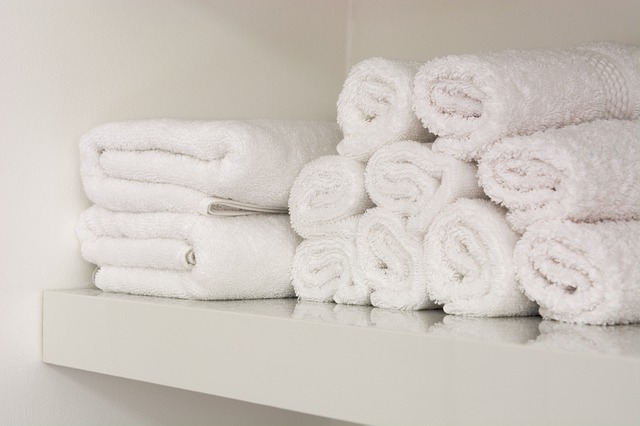
Start by gathering your supplies: a good quality tile cleaner, a soft brush or sponge, and some warm water. Protect yourself with rubber gloves. Begin by wetting the tiles thoroughly. Apply the tile cleaner directly to the stained areas, following the product’s instructions for dilution if needed. Use the brush or sponge to gently scrub away any visible grime or mold. For tougher stains, let the cleaner sit for a few minutes before scrubbing again. Rinse well with warm water, ensuring all cleaner residue is removed. Dry the tiles completely with a microfiber cloth or towel.
Repeat this process until all tiles are deep cleaned and stained areas are lifted. Remember to handle tiles gently to avoid damaging the surface. Regular cleaning and maintenance will prevent future stains from setting in, keeping your bathroom tile looking fresh and new for longer.
Restoring Grout Lines: A Crucial Step in Revitalizing Your Bathroom
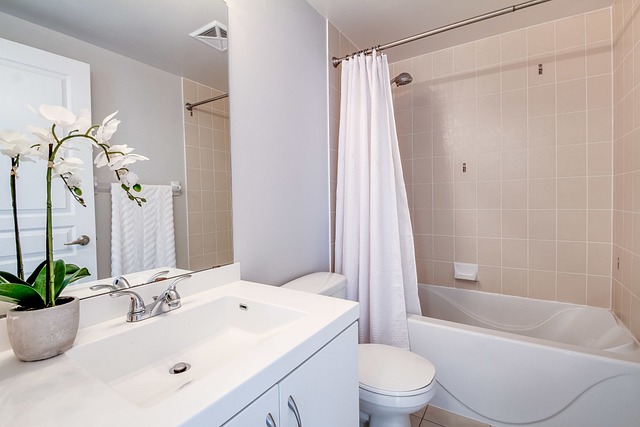
Restoring grout lines is a vital step in revitalizing your bathroom, going beyond mere surface cleaning to address the roots of discoloration and buildup. Grout, often overlooked, plays a crucial role in maintaining the aesthetics and functionality of tiled surfaces. Over time, it can become stained by water deposits, soap scum, and mold, creating unsightly gaps that weaken the overall structure.
Effective bathroom tile cleaning involves not just scrubbing away surface grime but also re-grouting to fill these gaps. This process not only restores the original appearance of your tiles but also prevents further damage. A deep clean followed by precise grout restoration ensures a refreshed, gleaming bathroom that functions optimally, enhancing your daily routine and the overall ambiance of this sanctuary of relaxation.
Sealing and Protecting Your Tiles: Long-Lasting Solutions for Maintenance

After restoring your bathroom tiles, sealing them is a crucial step for long-lasting protection. A good quality tile sealer creates an impenetrable barrier, preventing water, stains, and dirt from penetrating the tile surface. This simple process ensures that your freshly restored tiles remain in pristine condition for years to come, requiring minimal maintenance beyond occasional cleaning.
Effective bathroom tile cleaning involves regular scrubbing with mild detergent and a soft-bristled brush to remove any soap scum or residue. For tougher stains, use a mixture of baking soda and water as a natural cleaner. After cleaning, rinse thoroughly and dry the tiles to prevent water spots. Regular cleaning combined with sealing provides a robust solution for maintaining your bathroom’s tile beauty.
Creative Ways to Transform Your Bathroom with Tile Makeover Ideas
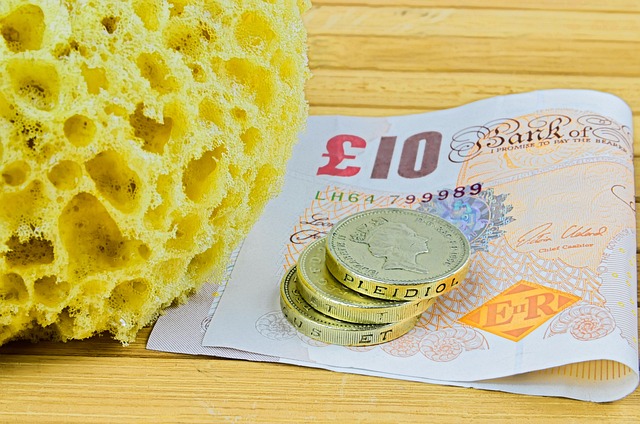
Transforming your bathroom with a tile makeover can be an exciting and creative way to rejuvenate your space. One of the most popular trends is embracing unique and artistic designs through custom tile patterns. From geometric shapes to intricate mosaics, there’s no limit to what you can create. Consider using different colors and textures to add depth and visual interest to your bathroom walls or even floor. A skilled professional can help bring your vision to life, ensuring a stunning and one-of-a-kind result.
Regular bathroom tile cleaning is essential to maintain this new look. Proper upkeep ensures that your tiles stay vibrant and appealing over time. Modern cleaning techniques and products can make the process quick and efficient, allowing you to focus on enjoying your newly transformed sanctuary.
Professional vs DIY: When to Hire Experts for Bathroom Tile Restoration

When it comes to bathroom tile restoration, deciding between a professional service and a DIY approach depends on several factors. For minor repairs, such as tile cleaning, replacing a few grout lines, or repairing a single broken tile, attempting a DIY project can be cost-effective and rewarding. Homeowners can find numerous tutorials and resources online to guide them through the process, allowing them to take pride in their handiwork.
However, for more extensive restorations involving complex designs, intricate patterns, or large areas of damaged tiles, hiring experts is often the better choice. Professional tile restorers possess the specialized tools, knowledge of various tiling techniques, and artistic eye needed to match and complement the original aesthetics. They can handle challenging jobs, such as removing old, outdated tile while preserving the underlying substrate for future use, ensuring a flawless and long-lasting result.
